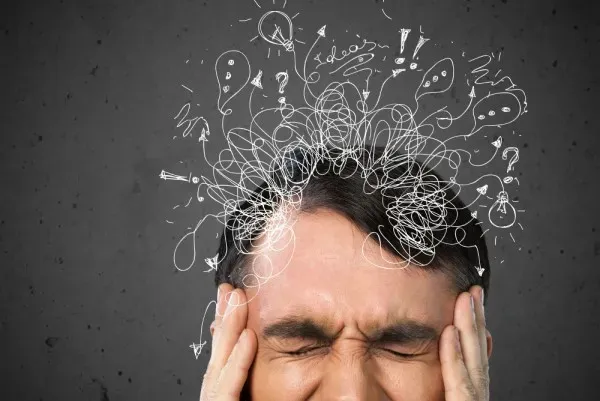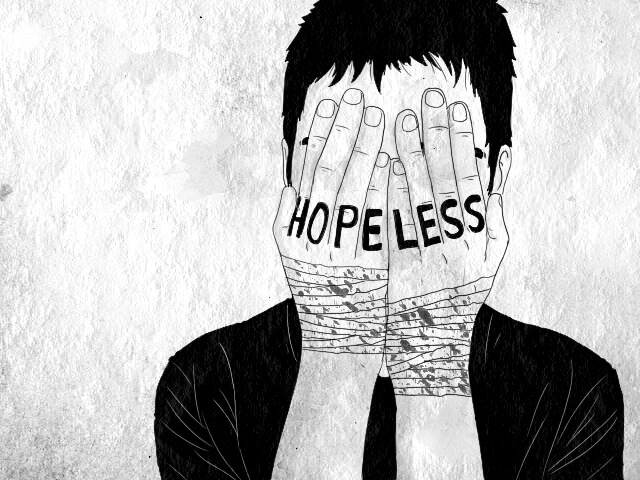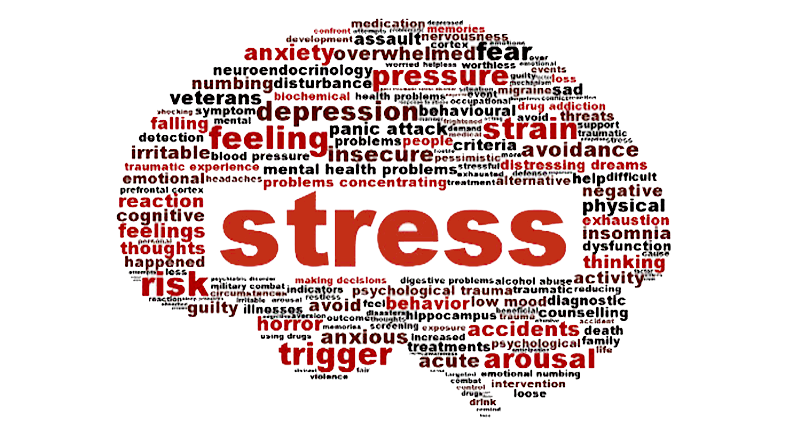Introduction
Anxiety, by definition, is a multifaceted emotional response triggered by perceived threat or uncertainty. While a certain level of anxiety is normal, excessive and prolonged feelings can culminate in anxiety disorders that detrimentally impact one's quality of life. This article examines the typical manifestations of anxiety, outlines the symptoms across physical, emotional, and behavioral domains, and highlights key indicators for when professional intervention should be sought.
Signs and Symptoms of Anxiety
Anxiety manifests in a variety of symptoms that span the physical, emotional, and behavioral spectrums. Recognizing these signs is crucial for understanding when anxiety might be evolving into a more disruptive disorder.
Physical Symptoms
Individuals experiencing significant anxiety often report an increased heart rate, rapid breathing, trembling, and excessive sweating. These symptoms occur due to the body's natural fight-or-flight response. Accompanying physical symptoms may include gastrointestinal discomfort, such as nausea or stomach pain, and fatigue that is not alleviated by rest. Such signs reflect the body's constant state of readiness and stress, which, if prolonged, can lead to more serious health complications.
Emotional Symptoms
Emotionally, anxiety is depicted by overwhelming worry, fear of impending doom, and difficulty in concentrating. Many individuals find their thoughts dominated by negative perspectives or catastrophic scenarios, which further intensifies their anxious state. Emotional exhaustion is common, leaving individuals feeling drained and irritable. These internal experiences often create a cycle where the perception of anxiety triggers further anxiety, leading to a deterioration in one's emotional resilience.
Behavioral Symptoms
In terms of behavior, anxiety can lead to avoidance of specific situations or social interactions, as individuals strive to minimize triggers that exacerbate their condition. This pattern of avoidance may manifest as isolation or reluctance to engage in everyday activities. When anxiety increases, behaviors such as excessive reassurance-seeking or the inability to remain in seemingly benign environments become pronounced. These patterns can severely impact personal relationships and day-to-day functioning, underscoring the need to address anxiety before it becomes debilitating.
When to Seek Help
Knowing when to seek help is a critical step in managing anxiety effectively. Although occasional anxiety is part of the human experience, several warning signs indicate that professional assistance may be necessary.
Duration and Persistence
If feelings of anxiety persist for several weeks or months without noticeable relief, it may indicate that the condition has exceeded the threshold of normal stress responses. Prolonged anxiety often signals the onset of an anxiety disorder, which requires appropriate diagnosis and management strategies delivered by mental health professionals.
Impact on Daily Life
Significant disruptions in daily routines, work performance, or interpersonal relationships are also red flags. When anxiety interferes with one's ability to execute routine tasks—from personal hygiene to professional responsibilities—it can undermine overall functioning and quality of life. Additionally, chronic anxiety can have a ripple effect, influencing physical health through issues such as elevated blood pressure and compromised immune function.
Extreme Outcomes
In severe cases, anxiety may evolve into conditions accompanied by depressive thoughts or suicidal ideation. If an individual begins contemplating self-harm or expresses feelings of hopelessness, immediate professional intervention is vital. The potential for self-destructive behavior underlines the urgency of early and informed mental health support.
Treatment Options
Anxiety is a treatable condition, and several viable treatment options exist that address both the physiological and psychological aspects of the disorder.
Therapeutic Interventions
Cognitive Behavioral Therapy (CBT) remains one of the most effective therapeutic approaches for managing anxiety. CBT helps individuals recognize and challenge negative thought patterns and develop healthier, more constructive ways of thinking. Techniques such as relaxation training, mindfulness, and exposure therapy are often integral components of successful treatment plans. Therapy not only improves coping skills but also fosters resilience against future anxiety episodes.
Medication
In some cases, pharmacological interventions such as selective serotonin reuptake inhibitors (SSRIs) or benzodiazepines may be prescribed. While medications can provide vital relief by balancing neurotransmitters in the brain, they are most effective when combined with psychotherapeutic treatments. It is important to approach medication management under the careful supervision of a medical professional due to the risk of side effects and dependency issues associated with some drugs.
Lifestyle Modifications and Supportive Practices
Lifestyle changes are equally crucial in managing anxiety. Regular physical exercise, a balanced diet, and proper sleep hygiene can contribute to improved mental health. Practices such as yoga and meditation foster mindfulness—a state that assists in reducing the intensity of anxious thoughts. Additionally, a strong support network comprising family, trusted friends, and community groups can offer emotional backing and reduce feelings of isolation often associated with anxiety.
Conclusion
Anxiety, when experienced beyond typical stress responses, can evolve into a debilitating disorder impacting many areas of life. Understanding its signs and symptoms is the first step towards effective management. Recognizing persistent physical, emotional, and behavioral patterns that derail everyday functions is imperative for determining when to seek professional help. With an array of treatment options available—from cognitive-behavioral therapies and medications to lifestyle changes and community support—individuals can regain control over their mental health and steer towards a more balanced, fulfilling life. Early intervention not only alleviates the immediate distress associated with anxiety but also provides the tools and strategies necessary for long-term resilience.
References
American Psychological Association. (2020). Anxiety disorders. https://www.apa.org/topics/anxiety
Doe, J. (2018). Managing anxiety: Therapeutic approaches and lifestyle strategies. Journal of Mental Health, 35(2), 123–135.



